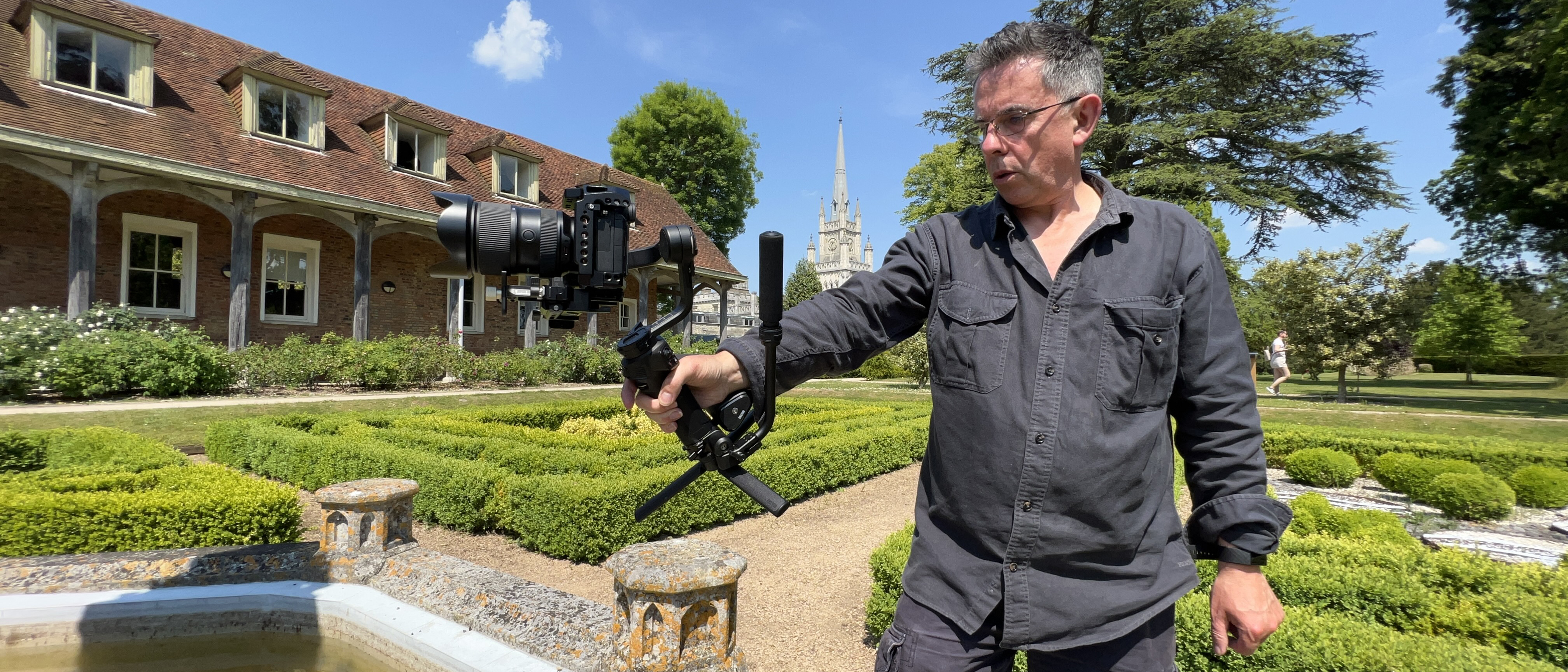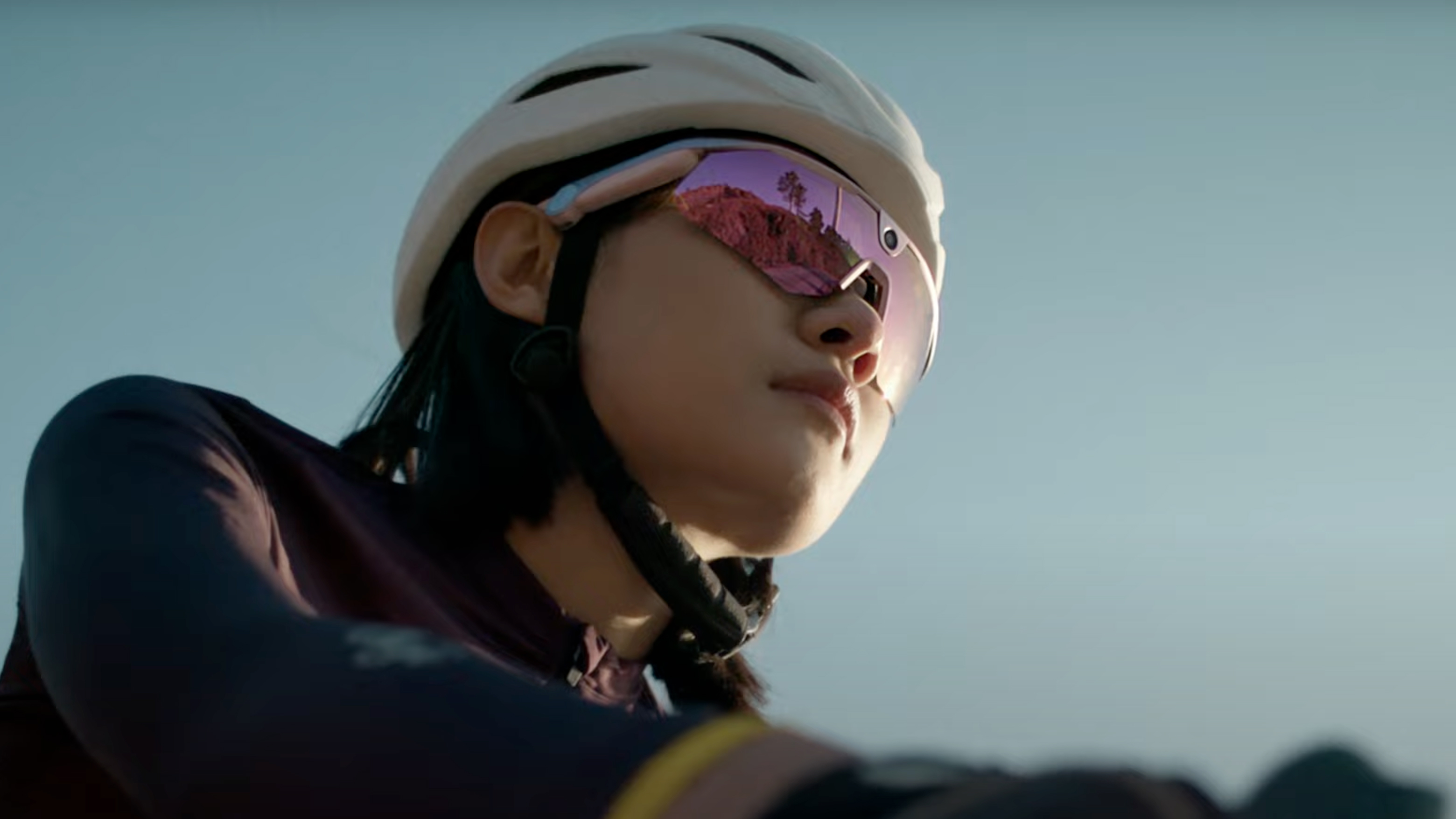Digital Camera World Verdict
The Weebill 3S features some nice upgrades on the Weebill 3 (such as Bluetooth shutter control and a more versatile sling handle). If you already own last years’s Weebill 3 then it should perform as well as the 3S when it comes to making professional camera moves. However, if you’re still in the market for a compact DSLR or mirrorless stabilizer that combines a small size with the ability to carry a heavy payload then the Weebill 3S is definitely worth a purchase.
Pros
- +
Ergonomic wrist support
- +
Adjustable sling grip
- +
Built-in mic
- +
Built-in LED
- +
Bluetooth shutter control
- +
Switch between landscape and portrait
Cons
- -
Plate at base of main grip rattled initially (until Allen key was applied)
Why you can trust Digital Camera World
In August 2022 I tested and reviewed Zhiyun’s Weebill 3 DSLR and mirrorless camera stabilizer and was impressed enough to give it 4.5 stars. 2023 sees the release of the Weebill 3S. The fact that this incarnation isn’t called the Weebill 4 might lead you to think that there’s not much difference between the 3S and its predecessor. Indeed the differences between the 3 and the 3S may be relatively subtle but they are still welcome upgrades and improvements on last year’s model as we’ll explain.
Like Australia’s smallest bird (the Weebill), the aptly named Weebill 3S has a compact profile. In fact, at a net weight of 1.05 kg/2.33 lbs, it’s even lighter than the 1.13kg/2.49 lbs of 2022’s Weebill 3. Despite its smaller stature, its motors are powerful enough to enable your mirrorless or DSLR cameras to perform a range of smoothly cinematic moves (as you’ll see if you scroll down to watch this review’s supporting video).
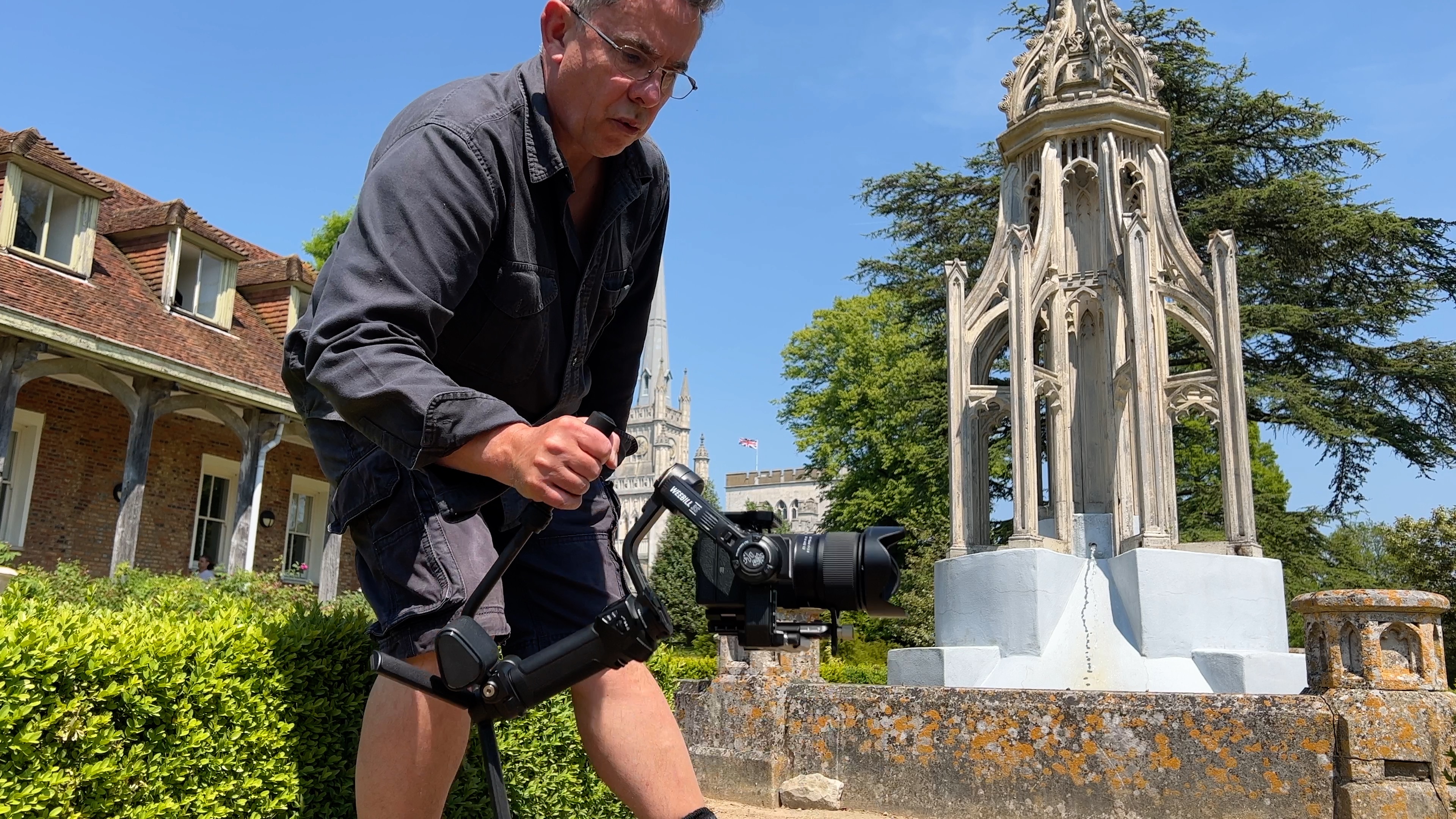
Zhiyun Weebill 3S: Specifications
Product Size (W*D*H): 305*210*72.5 (mm)
Weight: 1.05Kg/2.33lbs
Tilting range: 310°
Rolling range: 340°
Panning range: 360 °
Battery Runtime: 11.5 hours
LED: 2600k-5500K, CRI: 90+
Zhiyun Weebill 3S: Key Features
One of the chores faced when using a gimbal is getting your camera balanced in the tilt, pan, and roll axes. An unbalanced camera makes the stabilizer’s motors work harder, leading to a shorter life span for the device. The performance of an unbalanced gimbal will also be adversely affected, leading to shot-ruining shakes.
Fortunately, the Weebill 3S is relatively quick and easy to balance thanks to the adjustable and lockable sliders. You sometimes have to put a bit of pressure on the roll, tilt, and pan arms to move them into a balanced position but once you’ve got the balance right you can unclip the camera via the quick-release plate, transport the gimbal and camera to your shooting location and then re-attach the pre-balanced camera via the quick release plate in seconds so that you can start shooting quickly.
The Weebill 3S Combo kit ships with a backpack that stores the locked and folded gimbal in the top section and your camera and other accessories in the bottom. This makes the Weebill 3S relatively quick and easy to transport and deploy.
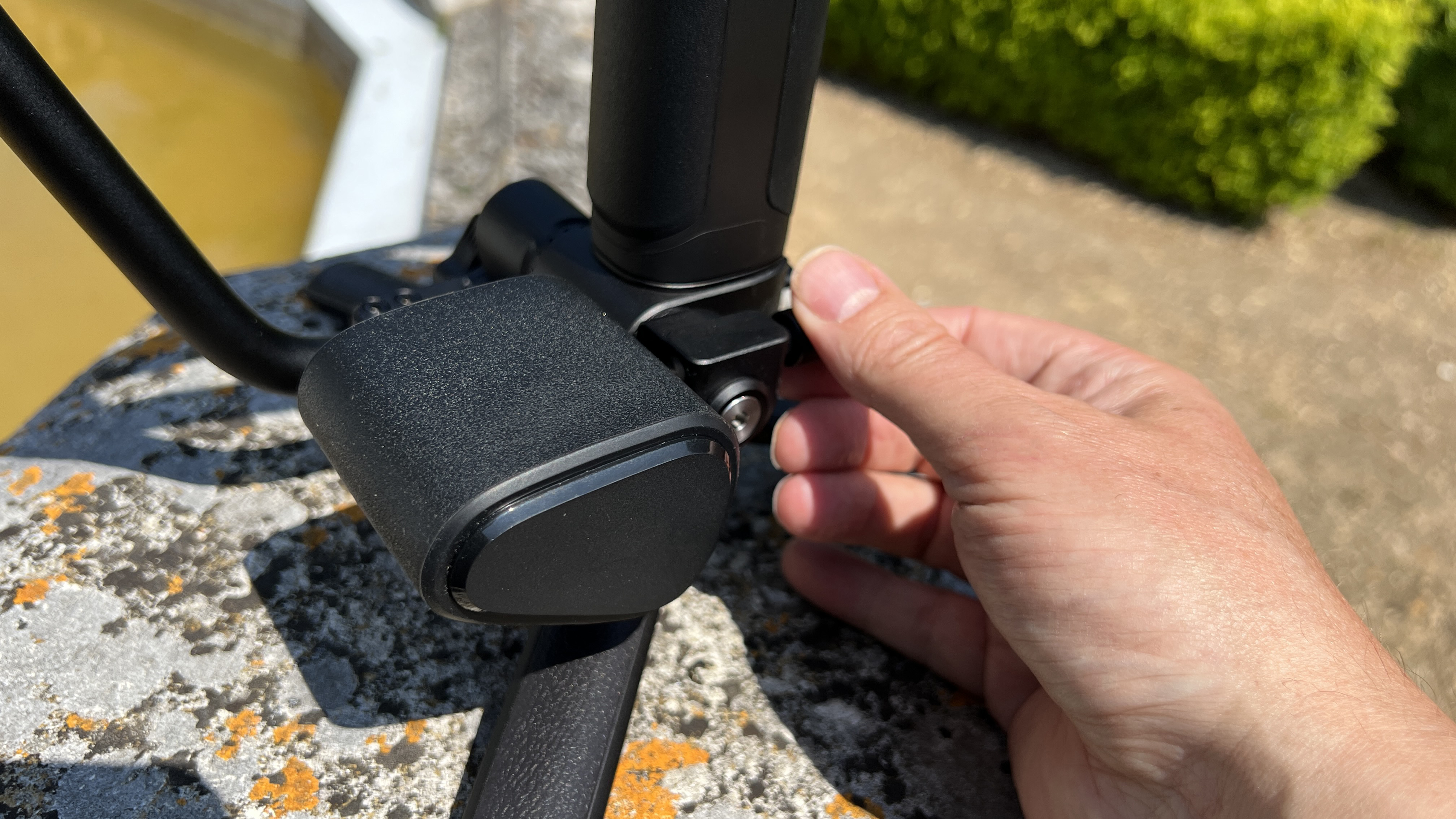
A welcome new key feature is the ability to trigger the attached camera’s shutter button via Bluetooth (if your camera supports Bluetooth that is!). You can make the camera start recording by pressing the red Record button on the gimbal. This saves you the hassle and inconvenience of attaching the camera to the gimbal via cables (which could hamper its performance).
The Sling Mode 2.0 on the Weebill 3 has been upgraded to Sling Mode 2.5. Like the old sling handle, the new sling enables to sweep the camera along a few inches from the ground. However, the new sling can also be rotated the run parallel with the main grip, in effect giving you a two-handed grip that provides more control when maneuvering a heavy payload. The quick-release plate can be redeployed so that you can quickly switch between landscape and portrait-oriented compositions.
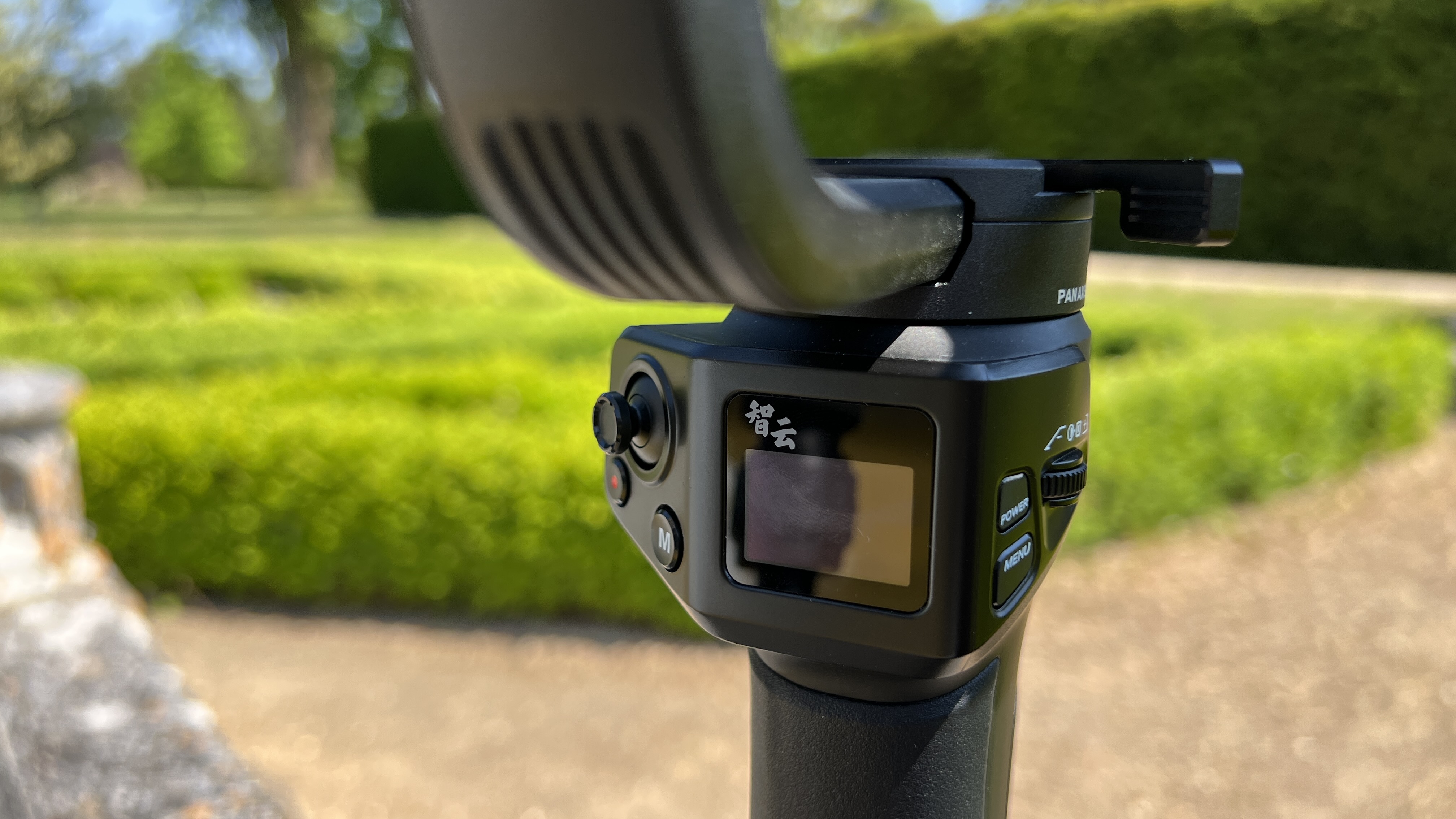
The Weebill 3S also features a built-in dual-color Fill light. This LED emits up to 1000 lumens to illuminate closer subjects such as ‘talking heads’. Magnetic clip-on filters enable you to change the color temperature of the LED. A dial on the gimbal’s handle also functions as a button. You can turn on the lamp with a press and then rotate the dial to adjust its brightness.
Zhiyun Weebill 3S: Build & Handling
Zhiyun doesn’t mention the maximum payload in their Weebill 3S specifications, but their website does have a comprehensive list of compatible cameras and lens combinations. You’ll then need to click on the Weebill 3S thumbnail.
With a weight of only 1.05Kg the Weebill 3S is not too heavy to hold, even with the additional 1.42 kg payload that we used in our test. The adjustable wrist support acts like a lever and really does make it easier to carry the gimbal one-handed while reducing fatigue during a long or complex camera move.

At the base of the gimbal is a little plate that you can use to attach the optional sling grip and wrist support. Initially, this plate rattled and wobbled a little but the problem was solved by a few twists of an Allen key to tighten two fixtures. The upgraded Sling Mode 2.5 grip can be re-configured to act as a second support handle, providing a two-handed grip. You can adjust the length of the sling to make it easier to hold during a shoot and easier to stow in its bag.
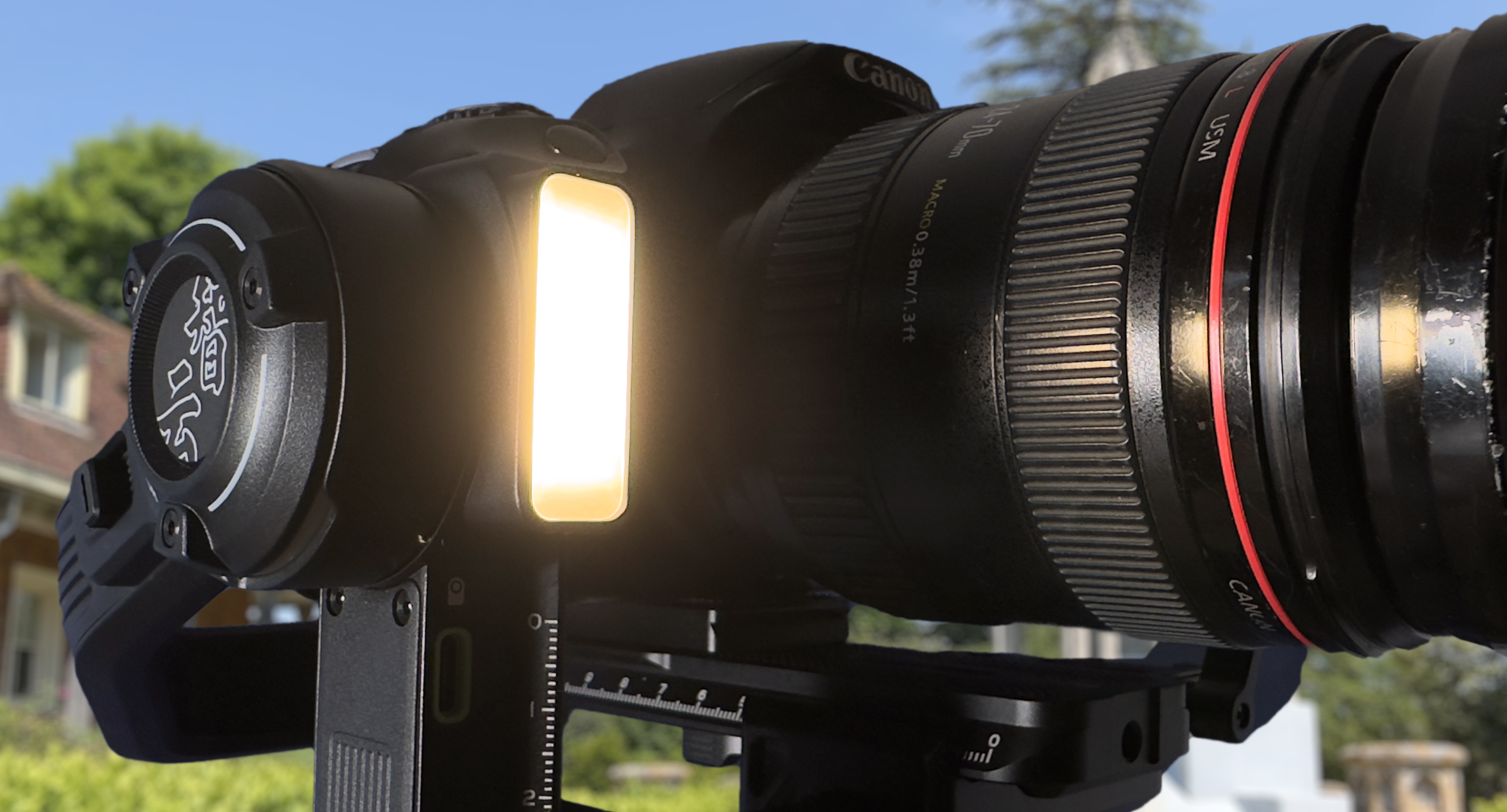
Zhiyun Weebill 3S: Performance
Initially, I tested the Weebill 3S with a Canon 650D DSLR carrying an L-series 24-70mm lens. This payload weighed in at 1.48 kg. After balancing the camera we were pleased to see that there was no sign of vibration or shake and the stabilizer performed any move we made nicely and smoothly.
For our location test shoot, we used a payload of a Sony A7 III mirrorless camera sporting a Tamron 28-77mm lens. Again this similar payload was carried smoothly and effectively by the Weebill 3S with no signs of strain on the motors.
We tried out a range of shooting modes that were easy to access by tapping on the Mode button. The relevant mode appeared on the gimbal’s 0.96-inch non-touch Single-color screen. In F (Follow mode) the Weebill 3S would pan and tilt to follow the movement of our arm. In PF (Pan Follow) mode the gimbal would pan but not tilt up or down. Using Lock mode we were able to keep a subject in the same part of the frame when tracking left or right or craning up and down. Check out our supporting video to see the various modes in action.
The joystick on the gimbal was also very effective at enabling us to pan and tilt as smoothly as we could if we were using a heavy-duty tripod’s fluid head. The supplied mini tripod legs enable us to shoot with a small footprint. The Combo kit’s backpack makes it easier to carry all your gear to a location (rather than lugging a heavy gimbal carry case and separate camera bag).
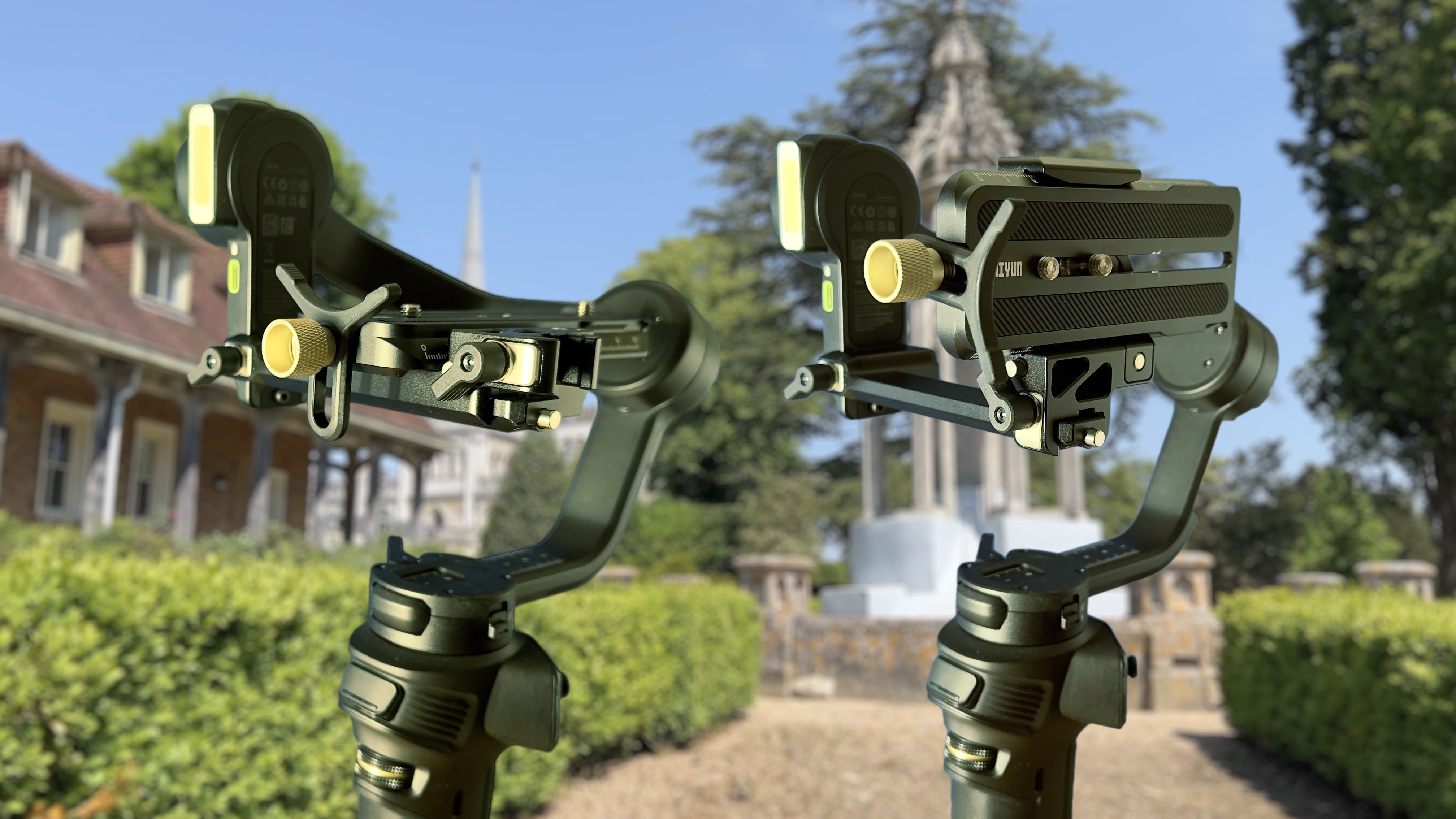
We also liked the fact that the adjustment wheel on the front of the gimbal could be customized via the menu button and the OLED screen. We set the wheel to control the tilt axis so we could fine-tune our shots’ starting positions. We were then able to film some background video clips during a graduation ceremony. The portability of the Weebill 3S meant that we could quickly move between a range of locations at the venue and capture professional camera moves without the need for a heavy-duty tripod.
Zhiyun Weebill 3S: Verdict
We loved the Weebill 3 when it was released last year and the lighter but equally powerful Weevil 3S gives us even more to love thanks to some nice evolutionary touches. The upgraded sling-grip 2.5 can be rotated alongside the grip handle to enable a two-handed grip which is useful for managing heavier payloads. It also carried a DSLR and mirrorless camera with ease, making it an attractive purchase for videographers who need to shoot on the move without cluttering up a location with a heavy tripod (plus it’s harder work to lug a tripod around, especially if you’re shooting an event with multiple locations such as a graduation or a wedding).
Read more: find out more about the best gimbals for mirrorless and SLR camera users, or to up your phone photography game, find out more about the best smartphone gimbals.
George has been freelancing as a photo fixing and creative tutorial writer since 2002, working for award winning titles such as Digital Camera, PhotoPlus, N-Photo and Practical Photoshop. He's expert in communicating the ins and outs of Photoshop and Lightroom, as well as producing video production tutorials on Final Cut Pro and iMovie for magazines such as iCreate and Mac Format. He also produces regular and exclusive Photoshop CC tutorials for his YouTube channel.
